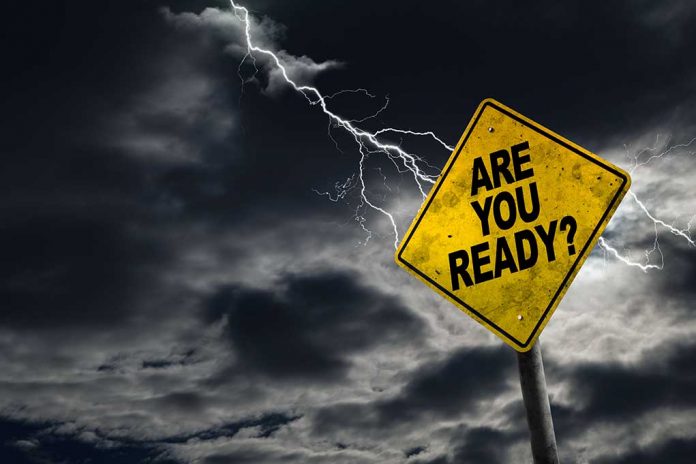
(AscendHealthy.com) – No matter where we go, the threat of a natural disaster looms somewhere nearby. Floods, hurricanes, wildfires and other sudden emergencies can take us by surprise, even when we’re prepared.
We may not be able to prevent Mother Nature from striking at will, but we can take steps to stay ahead of the damage. Here are a few ideas that may help.
General Prep
Recent years have begun to show the effects of climate change on weather patterns, with record-breaking hurricanes, wildfires and other events threatening countless lives and causing billions of dollars in damages. When disaster strikes, we need to be ready.
Be prepared for emergencies with this essentials checklist:
- Prepare a basic emergency kit that includes a 3-day supply of drinking water, food, hygiene products, clothing and medications. It’s also important to have a first-aid kit, flashlight, hand-crank or battery-powered radio, batteries, tools, manual can opener, maps and extra power sources for cell phones.
- Know the locations of water, gas and electricity emergency shut-offs in case one or more needs to be cut fast.
- Have important documents in one place and ready to go.
- Keep refrigerators and freezers on the highest possible settings without causing issues, so food stays good longer in the event of a power outage. Open as minimally as possible to keep the cold air inside. Keeping a few bottles filled with ice can also extend their usefulness.
- Have a small stock of nonperishable foods for longer emergencies.
- An evacuation plan with routes out of the area should be in place.
- A plan for pets is essential regardless of whether we shelter in place or leave for somewhere safer. Have their food, water, medications and other essentials ready to go as well.
Disaster-Specific Prep
Natural disasters vary depending on the region, so it’s also important to be ready for specific threats that may occur locally. Be prepared for the different challenges that may present with these location-specific hazards:
- Wildfires hit the United States on average 70,000 times each year, according to the EPA. Although this average has remained relatively steady, the peak of wildfire season and the severity of each fire have both steadily worsened over recent decades. Have a bag with clothes, important papers, cherished items (e.g family photos) and other basics ready to go; people with vehicles may want to store kits in trunks or back seats and keep fuel tanks full. Never ignore a wildfire evacuation order.
- Tornadoes can knock out power lines and restrict access to outside provisions. Their strong winds can also create projectiles out of anything that comes in their path, so if there’s no cellar, find another relatively safe area in the house — one that’s away from windows and other hazards — to store emergency supplies. Listen for tornado watches and warnings, and be ready to hunker down if the threat moves in.
- Hurricanes present dangers similar to tornadoes, but they may also bring heavy rains and floods. Keep emergency kits in waterproof containers, and have tarps at the ready. Shutter or board up windows to reduce damage from flying objects. A backup generator may be helpful in the case of a power outage.
- Floods can occur with any heavy rainfall, and they can come quickly and unexpectedly. Flood barriers for doors and windows can significantly reduce the amount of water damage a home sustains. Move furniture to the highest possible ground and keep all emergency supplies in water-tight containers. Be ready to evacuate if the water gets above a few feet.
- Thunderstorms can create some spectacular light shows, but they can also come alongside hail, flash flooding and heavy winds, warns Ready.gov. People in areas prone to these weather events need to be prepared for them and the possibility of lightning-induced fires and downed power lines.
- Ice storms can weigh down trees and topple power lines, leaving some residents without heat in freezing temperatures. It’s ideal to have a non-electric source of heat, such as a propane fireplace or a pellet or wood-burning stove. A backup generator is also ideal, but if that isn’t an option, dressing appropriately in layers and using thermal blankets may help reduce hypothermia risks. The Red Cross recommends insulating pipes and keeping faucets at a drip to discourage freezing. When on the road, be prepared for black ice at any time.
Natural disasters can be devastating, but we can keep the damages and casualties to a minimum with the right efforts. It’s up to each of us to know what to prepare for in our areas, have supplies ready before we need them and heed any local warnings that danger is on the way. Always be ready for any possibility; it could save a life.
~Here’s to Your Healthy Ascension
Copyright 2023, AscendHealthy.com




















